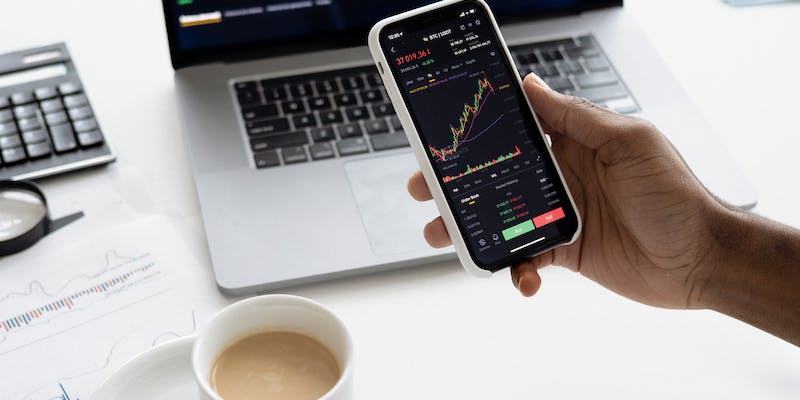The march of the Russian private military company Wagner Group towards Moscow in June triggered a remarkable surge in trading volume between the stablecoin Tether (USDT) and the Russian ruble. As Russian traders sought safety amidst a depreciating ruble and Wagner’s rebellion exposed weaknesses in Russian power structures and President Vladimir Putin’s grip on the country, the trading volume in the USDT/RUB pair spiked to $14.7 million on June 24, as reported by CCData and cited in a Financial Times article. This surge represented a 277% rise from the previous day, indicating the significant impact of political events on financial markets.
Background information
The situation in Russia had already been precarious due to the depreciation of the ruble. The Russian currency had lost about 30% of its value against the US dollar since December, reaching its lowest level since the start of the war in Ukraine earlier this month. The downward spiral of the ruble eroded trust in the country’s financial stability, prompting many Russians to reconsider their investment options.
Furthermore, the Wagner Group’s rebellion magnified the uncertainties within Russian power structures and questioned President Vladimir Putin’s grip on the country. This rebellion shed light on potential vulnerabilities and sparked concerns among traders, leading them to search for safer alternatives to protect their assets.
Trading volume spike
According to data from CCData, the trading volume in the USDT/RUB pair experienced a dramatic surge on June 24, reaching $14.7 million. This represented a significant increase from the previous day’s volume of $3.9 million, marking a 277% rise within just 24 hours. The sudden spike in trading volume can be attributed to the anxieties that arose from the Wagner Group’s attempted insurrection.
Decrease in trading volume
Following Commander Yevgeny Prigozhin’s order for Wagner forces to return to their bases and avoid bloodshed, the trading volume in the USDT/RUB pair declined on June 25, dropping below $3 million. This decrease reflected the easing of tensions and the withdrawal of traders from some positions they had taken during the height of uncertainty.
Analysis of trading volume spike
A closer look at the USDT/RUB chart from Binance reveals the magnitude of the trading volume spike. Binance accounted for $8.5 million in volume, which is over half of the total trading volume in this pair. It is worth noting that Binance is the only major international exchange where Tether is traded against the Russian ruble. However, smaller exchanges specifically catering to Russian traders also played a role in contributing to the surge in overall trading volume during this time.
Connection to Bank Withdrawals
The surge in Tether trading volumes aligns with Russian citizens withdrawing more than $1 billion from local banks. This correlation suggests that Russian traders turned to Tether as a safe haven asset amid concerns about the depreciating ruble and instability in the country.
Previous instances of Tether trading volume spikes
Interestingly, this recent surge in Tether trading volumes is not the first time that uncertainties in Russia have fueled such spikes. The country’s political instability and economic fluctuations have previously driven traders to seek refuge in digital assets like Tether to safeguard their investments.
The surge in Tether trading volume in relation to the Russian ruble provides valuable insights into the impact of political events on financial markets. The Wagner Group’s rebellion and the depreciation of the ruble highlighted the vulnerabilities of Russian power structures and raised concerns about President Putin’s authority. Russian traders, seeking a safe haven during uncertain times, turned to Tether as a stable asset. As the geopolitical landscape continues to evolve, it remains crucial to monitor how events in Russia or elsewhere can shape trading volumes and market dynamics.

